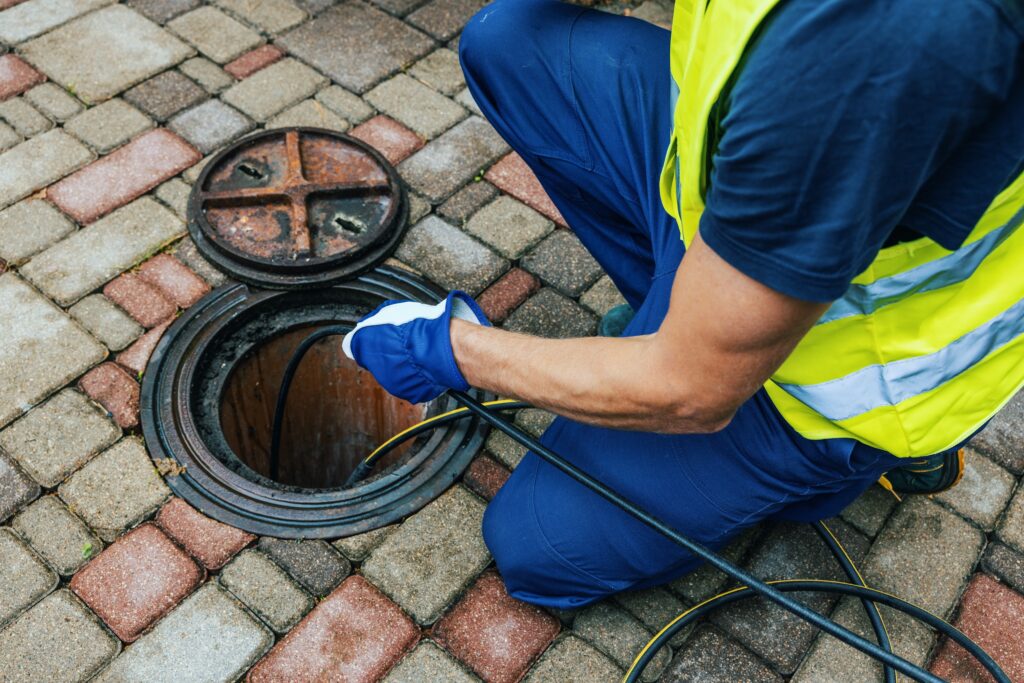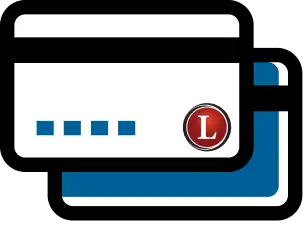Do you know how your furnace works? Believe it or not, lots of Rohrersville homeowners probably can’t explain the operation of furnace. It probably isn’t at the top of your “to do” list. It’s only important to know that once you set your thermostat to a desired temperature, the furnace comes on and warms the house.
The most common furnace is fueled by natural gas but there are other examples of heating equipment such as boilers, electric baseboard, or geothermal. But let’s look at how a gas furnace works since natural gas is found in most U.S. households. Gas furnaces use natural gas or propane to provide energy used for generating heat.
When the temperature in your home falls below the level set on the thermostat, an electric pilot light automatically ignites to heat a burner inside the furnace. This burner uses gas to generate heat within a combustion chamber inside the furnace. After the furnace senses that the thermostat has triggered the flame and that it is properly lit, the actual spark (or ignitor) is turned off.
Simultaneously, a motor in the furnace pulls in air from an exchange or return, which could be a grill in the floor, ceiling, or wall of a house. That air flows through ducts into the plenum of the furnace. The plenum is on the opposite side of the heat exchanger from the burner.
Gas will typically burn for at least two minutes before the blower starts to disperse heat throughout your home. This extra time gives the air an adequate period of time to warm up and also so that cold air won’t be pushed through the vents into the rooms in your house at the start. After either the preset time (roughly two minutes) or pre-established temperature is reached, the blower’s motor is turned on and it blows air over the heat exchanger, which usually consists of a series of copper tubes or pipes. When a fan blows air onto the heat exchanger, the air is heated. This heated air is then blown through a series of ducts to heat your home via vents in the floor, walls or ceiling. Exhaust fumes from the combustion process exit the furnace through a gas flue or chimney.
Just as the heat in your home turns on when a certain temperature is reached, it also turns off after the rooms are warm enough, thanks to your thermostat. The thermostat again senses the temperature in the room. When the room warms up to the temperature set by you at the thermostat, the gas valve is switched off, stopping the flow of gas. After the gas is turned off, the blower motor will still run for a few minutes, allowing the heat exchanger to cool off a bit. In some furnaces, the blower motor never shuts off, but operates at low speed to keep air circulating throughout your home.
In a nutshell, your thermostat is the brain in your heating system and your furnace is the brawn, doing most of the work.






